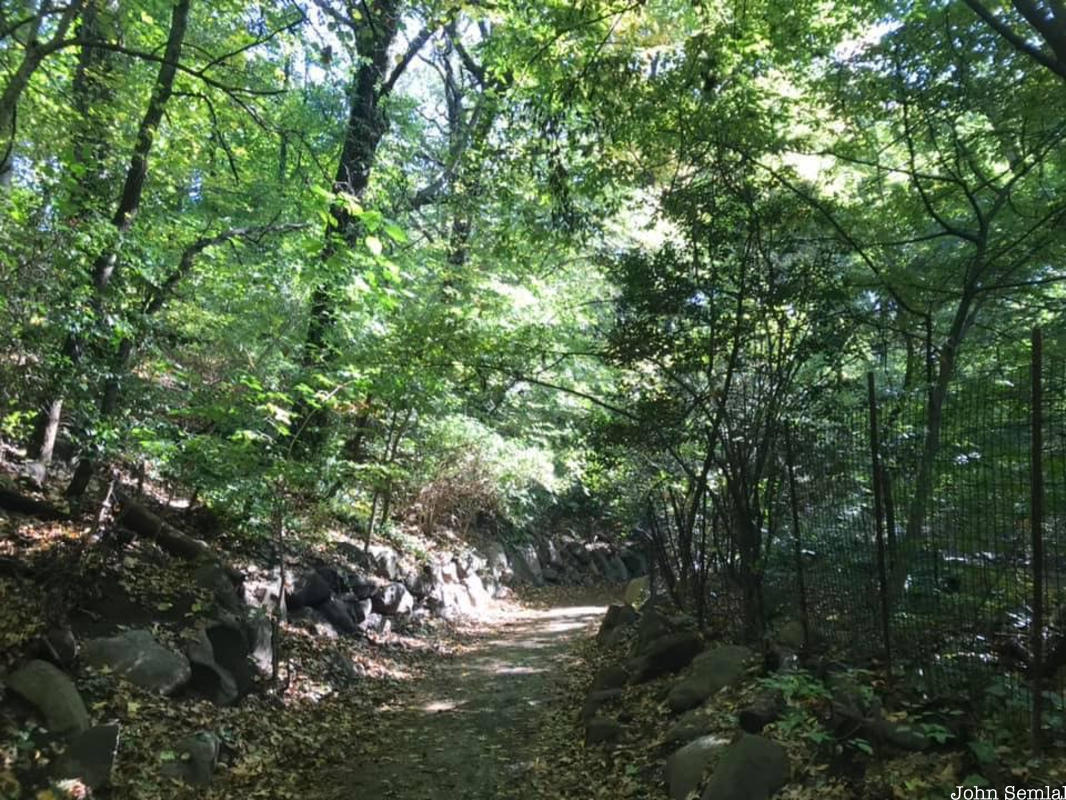4. Prospect Park Preserve
 Prospect Park Forest
Prospect Park Forest
Perhaps Brooklyn’s best known park, Prospect Park was constructed by landscaping masterminds Frederick Law Olmsted and Calvert Vaux, the designers of Central Park. The park officially opened in 1867, and construction continued for three decades after. Grand Army Plaza, the main entrance of the park, has served as a symbol of freedom since its creation, with numerous Civil War monuments like the Soldiers’ and Sailor’s Arch. Throughout the park are remnants of the Revolutionary War from the Battle of Long Island, a Quaker cemetery, and The Lefferts Homestead, built in 1783.
Few visitors know that Prospect Park is home to a nature preserve, Brooklyn’s only forest, centered around the Ravine, . Olmstead and Vaux incorporated two areas of existing forest, as well as wetlands, into their design, and today the Ravine serves as one of Brooklyn’s five Forever Wild preserves. The Ravine is located on a moraine and consists of small hills and kettles, small depressions formed by retreating glaciers. Calvert and Vaux actually planted evergreen trees to mimic the Adirondacks, but most of them died since the park’s construction. With fertile, moist soil, the Ravine is home to trees like oaks, sweet gums, and Norway maples.





